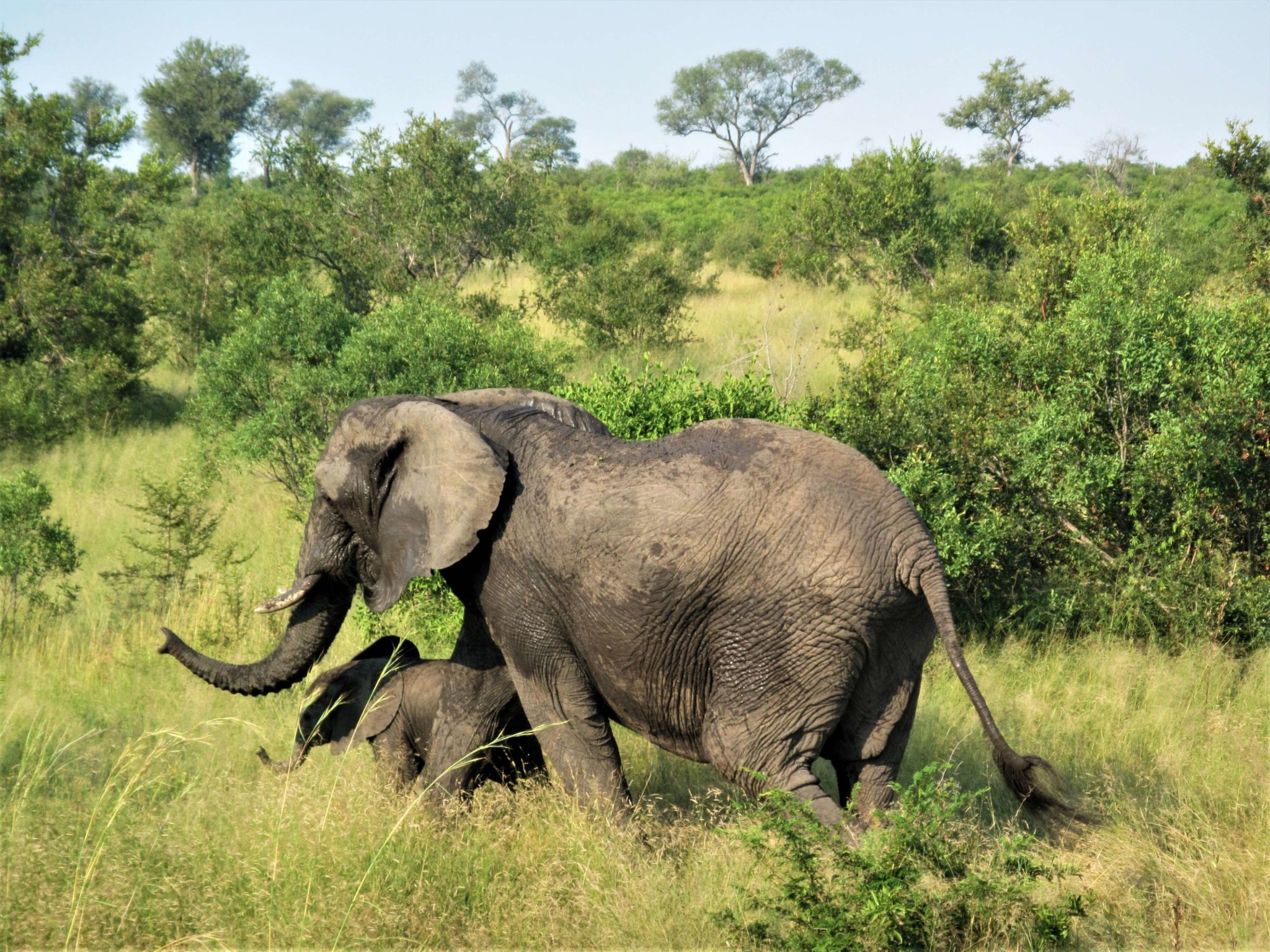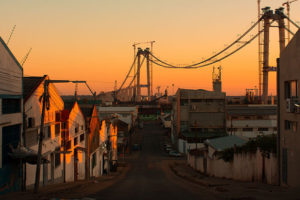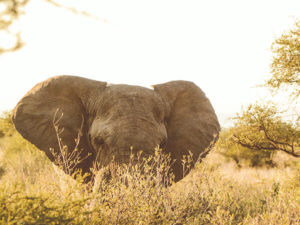Mother Nature was a great artist when created life. We try to understand her by invading her privacy, looking for answers to our infinite curiosity, questioning her works of art and, many times, we simply forget to enjoy her and contemplate her beauty, reflected at it’s best by the Mozambique animals and ecosystem we can find at Maputo Special Reserve.
Among her best kept secrets we have this amazing natural reserve, a unique, virgin, exclusive place, without human pests or pollution, where the air is so fresh and clean that it is difficult to describe it; we can only feel it!

Maputo Special Reserve is a Sanctuary for the most impressive Mozambique animals
When we access this wonder of nature, Maputo Special Reserve welcomes us with the remains of its ancient and modern inhabitants, skulls of hippo, elephant and antelopes. These sacred guardians remind us that this paradise belongs to them, that they already occupied it and that they refuse to leave. We are outsiders, intruders, and accept that we visit them from the deepest and most sincere respect, without tormenting them, without disturbing them, without interfering with their lives. It is our duty, whether in a natural reserve or regarding all mozambique animals, in any context.
The doors are open to curious humans who are looking for a feeling of tranquility, calmness, peace, in its vast lands, giant plains and magical vibrations. We will have to use 4×4 cars, because the roads are dressed in fine, loose sand, which ends up merging after 30 kilometers of route in beach sand. We find unique ecosystems, up to a total of 8 if we continue through Maputo Special Reserve to the south, following the Indian Ocean, where it merges with Isimangaliso Wetlands Park, Unesco Natural Heritage.
These tricky sands through which we circulate make up the largest green dunes in the world. Yes, green dunes. How lush vegetation grows in this beach sand? Mother Nature makes poetry when she draws on the terrestrial canvas. You deserve applause, Mom!
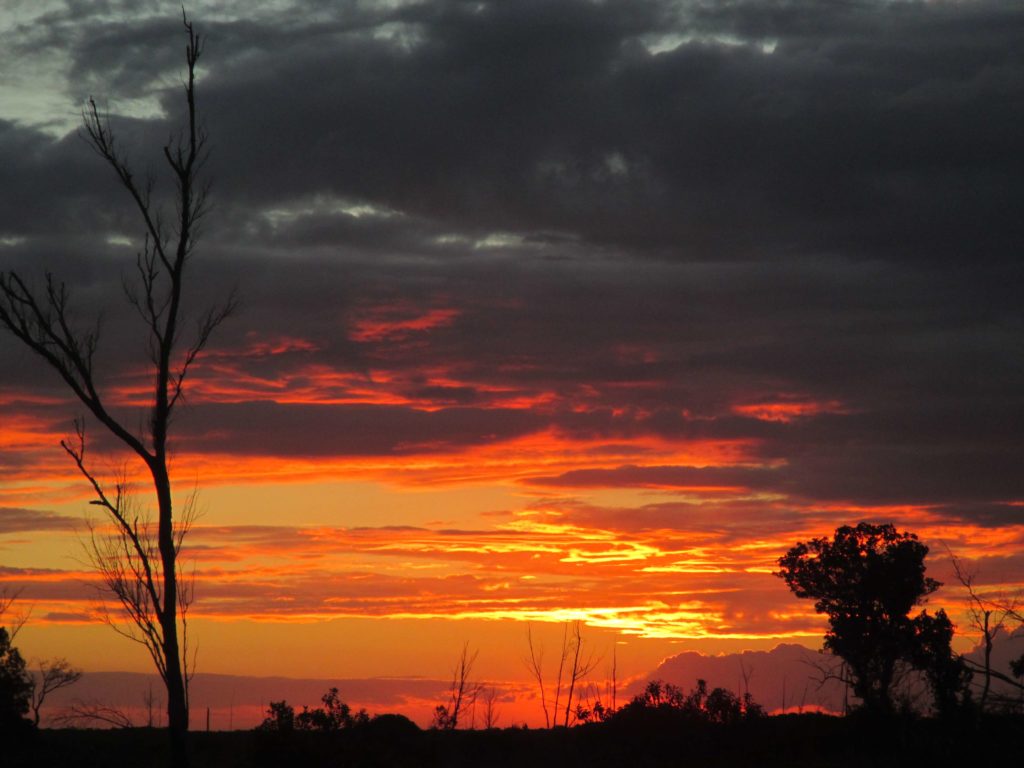

Maputo Special Reserve is a gigantic wild garden, where any botanist would enjoy identifying plants, shrubs and trees, where the everlasting acacia, the famous massalas and their cousins sisters the macuácuas are not out of the canvas, in which the homonymous fruits are one of the favorite snacks for Vervet monkeys, nice little creatures, with intense blue testicles, that take these fruits and put them in the middle of the road so that when a car passes, it bursts and opens them, because they have a hard and rigid crust that they cannot open by throwing them against the ground –remember that it is all sand and the fruit sinks, but does not open. Mozambique animals are not alone in the apreciation of these fruits. For humans, they also serve as percussion instruments for traditional music and we can also find them carved and varnished, in shapes of giant Christmas balls that serve as decoration.
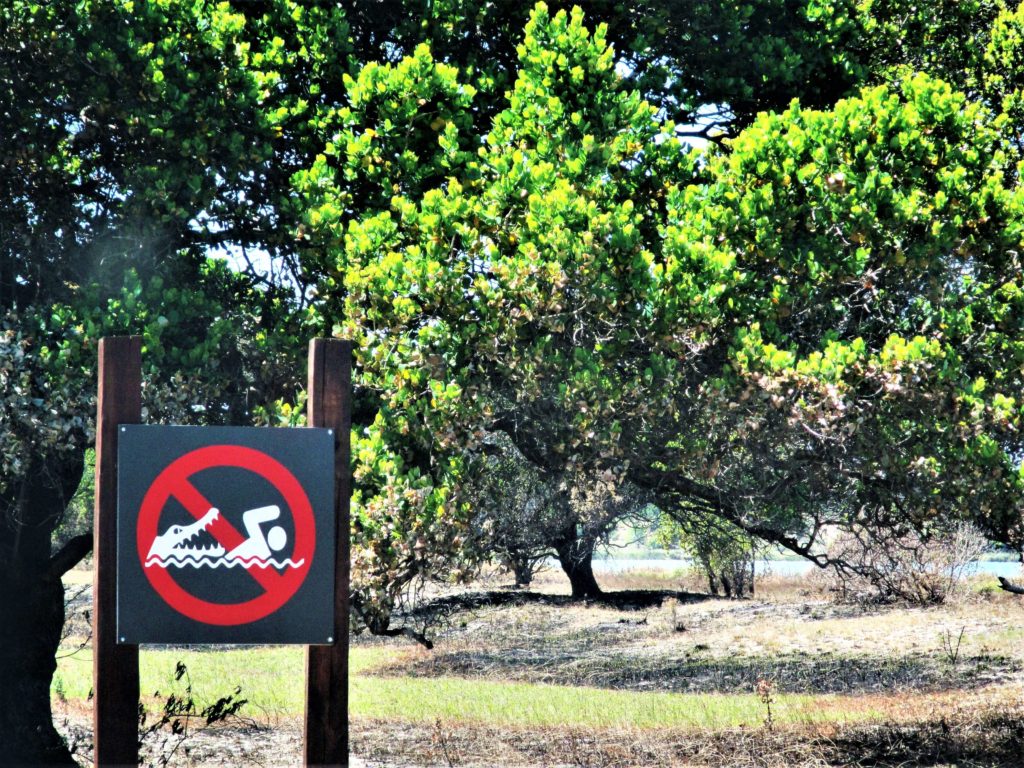

These Vervet monkeys are happy here, because the only predator among Mozambique animals, they would have to face and that poses no danger is the Nile crocodile, which seeks its sun baths between the freshwater lakes and swamps distributed throughout the 104 thousand hectares that Maputo Special Reserve has. Therefore, when you arrive at Laguna Munde, for example, do not be enchanted by its beauty and take a dip, because these sweet waters can always harbor unexpected inhabitants.
Next to them moving stones rest, stones on which sometimes egrets or spoonbills perch, and when those stones rise we discover that they are actually hippos. These guys do live well. They spend the day resting, lying in the water to protect themselves from solar lashes, and only go out to the shore to serve dinner, which they find among the herbs that surround each natural pool. They are imposing animals, with pink tones that are actually remains of the pink substance that they secrete to protect themselves from sun, and with a powerful jaw whose fangs can reach half a meter from the root, so seeing them yawn is a unique experience that gives an idea about the strength of this mammal. The young ones are funny, and they spend the day playing and running through the water, but without going too far because if the mother doesn’t pay attention, the baby will end up being the appetizer of any opportunistic crocodile.
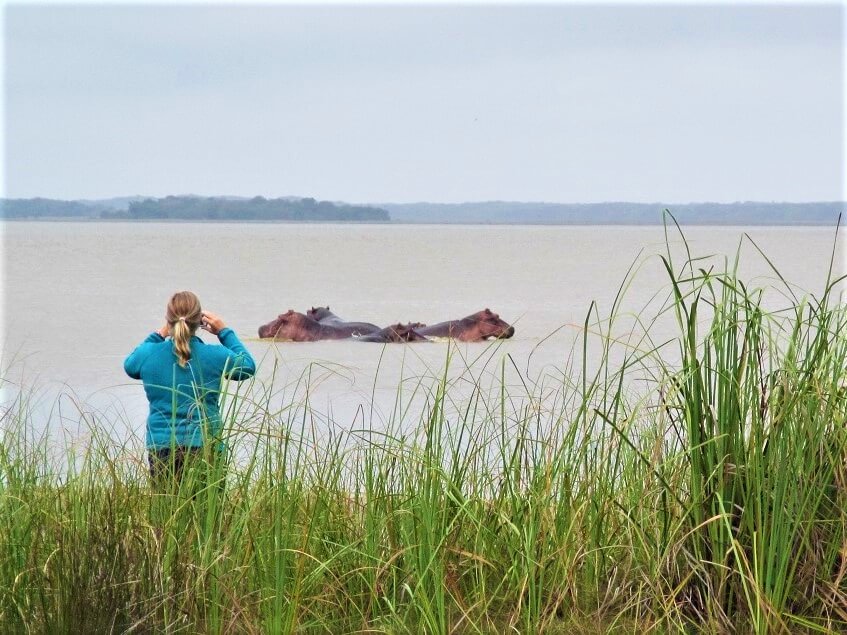

These hippos live in families, where there is a dominant male who will have his harem, and we will never find neighboring families if there is not at least a separation of 600-800 meters between each one, as we know that these nice animals are very territorial, and despite its size and calm and peaceful appearance, are very fast in and out of the water, and have reached the reputation of being the greatest murderers in Africa. Some – the most shameless – even pass a few meters far from us while they eat, ignoring our presence.
They are not the only herbivores animals in Mozambique and Maputo Special Reserve, because now buffalo have also arrived. 99 buffalos! This area was a very lively place full of species, where many became completely exterminated during times of war, conquest, poaching, illegal trafficking and survival. Today, however, it is a Garden of Eden where we find a haven of peace for those of us who wish to flee from the frantic civilized life and where its legitimate inhabitants enjoy life without limitations or noise.
One can decide whether to meditate in the middle of the plain of the elephants, to enter a dense forest where the harmony of birds and insects transports us to any adventure movie with the title “Lost in the jungle”, look for the bamboo plains where always wander an elephant, go swimming at one of its endless beaches, or park the car anywhere, open the windows, stretch your legs and read or philosophize about the beauty of life. Or do like me: ask the Universe to put a pangolin in the middle of the road; it seems to me such an endearing animal that I would love to see to just make sure that it is still alive in these lands, because unhappily is a victim of poaching for magical rituals…– How is it possible to ask for something good for oneself if it costs one life? That is not magic!
And we will never be alone, because there will always be someone new to greet us, like those nice black and white striped animals that spend the day walking, pulling flies away with the tail and placing their heads on the partner’s back, in order to protect their backs, although there are no lurking dangers for them in these lands. These zebras are beautiful animals. Its fur is bright and hypnotizing. If we look at them in detail, it never ceases to amaze us how the skin lines continue pigmentation with the mane. Wow! Some say that the punky style was inspired by that zebra hair.
These wild horses that nobody manages to tame are numerous in a part of Maputo Special Reserve, especially in low grass, since the densest areas, with trees and tall top trees, are home for the elegant giraffes, masters of seduction with their super eyelashes and long legs. They are the inventors of elegance; too bad there is not a modelshow for giraffes because they would all win.


Their long necks were another whim of nature, to reach the food that other herbivores cannot reach. And we’ll see how they stick out their tongues to snatch the branches of their favorite foods, the acacias. Their tongues are black in order not to burn with the sun, because they take them out for a long time, and can reach up to 50 centimeters when they extend. Males, as in humans, lose their hair in the horns. Yes, they also get bald! And they end up acquiring a darker coat than females. These animals do know about love, because if love is born inside the heart, they have a heart that can weigh up to 12 kilos! Imagine, 12 kilos of love! They need it to pump blood to the brain, going through those long necks.
When we look towards Evolution, giraffes remind us of diplodocus, dinosaurs that begin to germinate when there was only one continent on the planet, Pangea. Mother Nature also surprised us here with beautiful ways of life, which were differentiating and mutating in tune with the division of the only super terrestrial plate into two: Laurasia and Gondwana. It is this second where the ghosts of the African past live, since Africa, Antarctica, India and Australia integrated it at that time. And if we immerse ourselves in the resemblance of the animal and plant species that we currently find in these countries, we would discover that there are amazing similarities and curiosities that deserve our admiration. However, it is difficult to imagine these great ruptures and separation of the continents, but if we move to the center of Mozambique we will notice that separation is not over, because the Great Rift Valley ends here in this wonderful country. At some point the African and Arabian plates will divorce and put water in between, creating a gigantic Red Sea that will surely bring new marine species and change the life habits of those who populate its shores. We hope that these new waters are safe places for sea turtles, increasingly threatened by human consumption, shell traffic and plastics in the oceans.
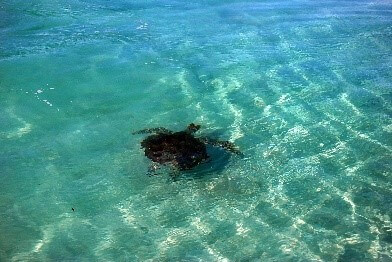

And they are not alone in these Indian Ocean waters. There are also many species of sharks, and in fact the divers choose Ponta de Ouro, south of Maputo Special Reserve, as an operations center to go out to the sea and look for the sharks at different points. I would dare to say that the star sighting of the area is the hammerhead shark. Sometimes they come in large numbers and those who are lucky enough to spot them never forget the magic of these prehistoric beings. They are also easy to spot in Galapagos Islands, where dives are made year-round in their search. And they are not the only living fossils, because if there is such a thing today, that is the celacanth. This fish, with showy scales and two pairs of fins (one front pair and one rear pair) come from the Cretaceous. They were believed to be extinct, but were discovered a few decades ago on the shores of Southern Mozambique and North South Africa, on the shores of the Indian Ocean. These two pairs of fins have pendulums that make the fins hang, as if they were legs, and that is why they are considered a link in the Evolution between the animals that walk and the animals that swim. There is a celacanth dissected at Natural History Museum of Maputo, which can be visited every day of the week except Mondays. It is certainly a mandatory visit. As it is, although it can be macabre (but this museum was erected a century ago), see the process of REAL gestation of an elephant. Yes. You will find different elephants fetuses (the pregancy process) preserved in a large mural. Obviously several mothers were killed to extract these animals, but when you see them in real, you can appreaciate a slight smile on their faces, how comfortable they were inside the womb before extraction and, somehow, I choose to think that at least their memories are still alive in us when we see such massacre. They will live forever in this museum. Let’s think that positive!
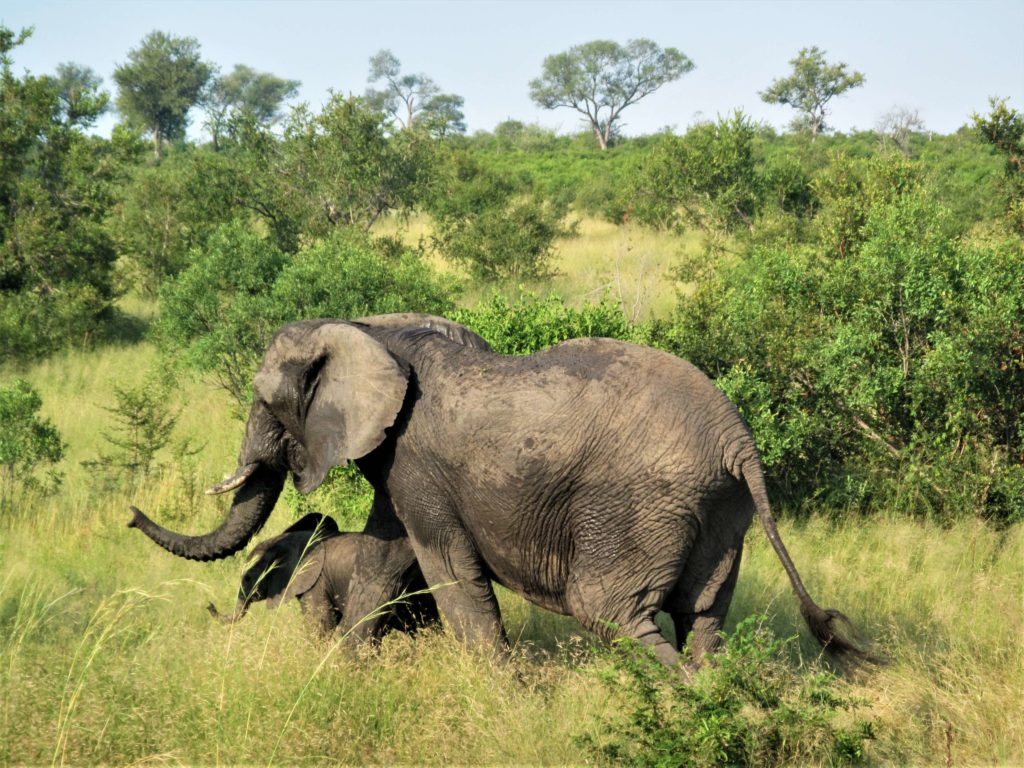

The largest land Mozambique animals are the “most wanted” by visitors
And these animals are the main stars in Maputo Special Reserve, because if this area is protected it is precisely because of the largest terrestrial mammals in the globe. It is estimated that its current population is 250-300 specimens, but there were already a thousand in past times. Today they are protected because their population worldwide declined until almost extermination. Hard to imagine, but these colossi need almost 2 years (22 months) to breed a young, and it will not be until after several years they re-breed another. They walk freely through their plains, dunes, lagoons and even the beach, because if there is a place where there is a possibility of seeing them in the sea it is here, although these are very intimate moments and few have managed to enjoy that experience. Actually, and since they need 150 liters of water a day, we will have to look for them in beach areas that are close to freshwater lagoons.
They are big deforesters, but also reforesters. The trees we find broken or fallen in the middle of the road are a sign that an elephant has passed by. But they are also the ones who replant with the feces they leave behind their tracks, full of seeds and at the same time with fertilizer. They are the kings of the savanna. No one coughs them or laugh at them. Firm in their steps, determined, with prodigious memory, we should not fear them, but respect them. If you ever see yourself cornered or an elephant comes to ram you, don’t run away because will chase you. You have to get on your knees and show submission. He will analyze you and when he reads that respect from you, he will go where he came from, even on his hind legs, backing up, to monitor your movements before getting lost in the undergrowth.
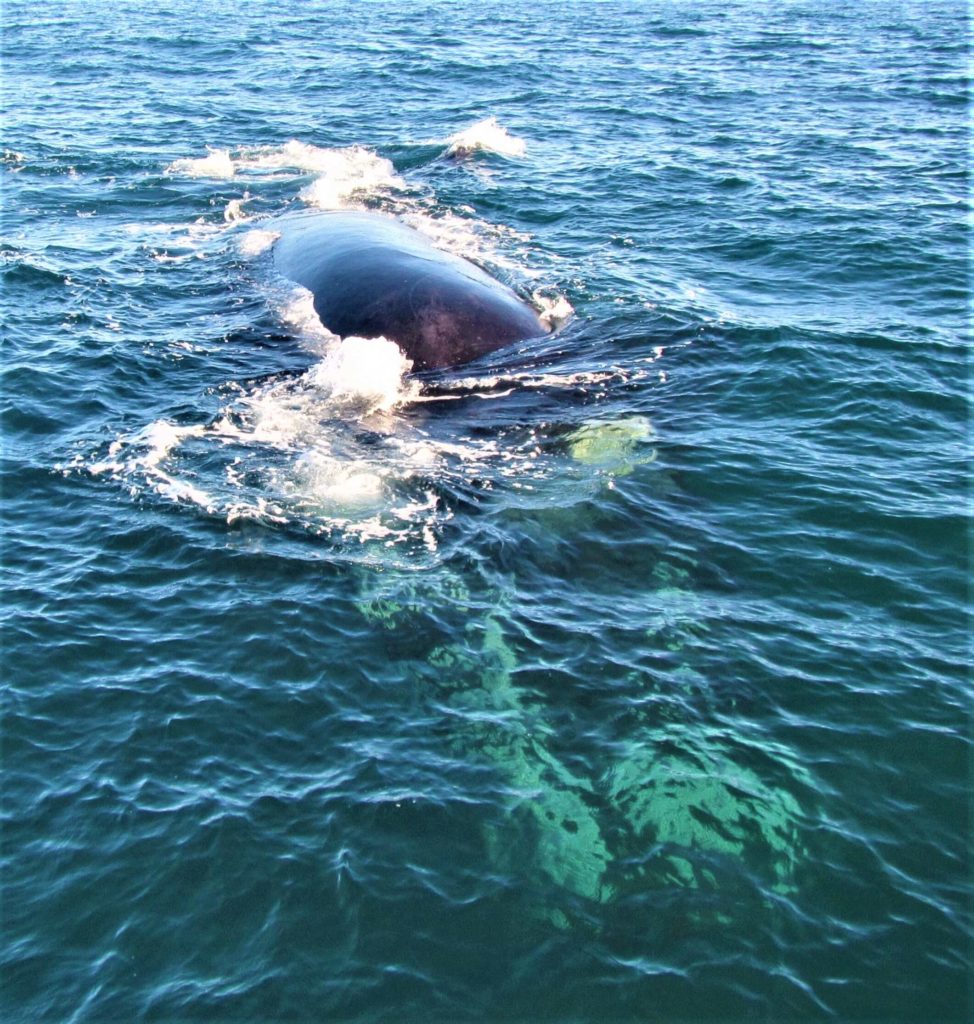

Maputo Special Reserve shores are also on the migratory path of the biggest marine mammal
And if the elephant is the mammal king of the earth, the whale is the mammal queen of the seas. In Maputo Special Reserve we find every year the migration of humpback whales. They leave the cold Antarctic waters to come to the warm Indian seas to procreate or give birth. Between jumps and pirouettes, we will find large dark masses, up to 17 meters long, jumping over the surface of the sea. They come brimming with energy and well fed. Some will look for some fun by choosing the best father for their child, and others will give birth to a calf they will take care of vehemently, and will do so at any cost. Therefore, if you go out on a walk in search of these giants, never bother a mother with her baby, because she will get stressed, get nervous and consume her reserves much faster than normal, and needs them to breastfeed the baby; look for other whales to delight in, since July and October are not lacking.
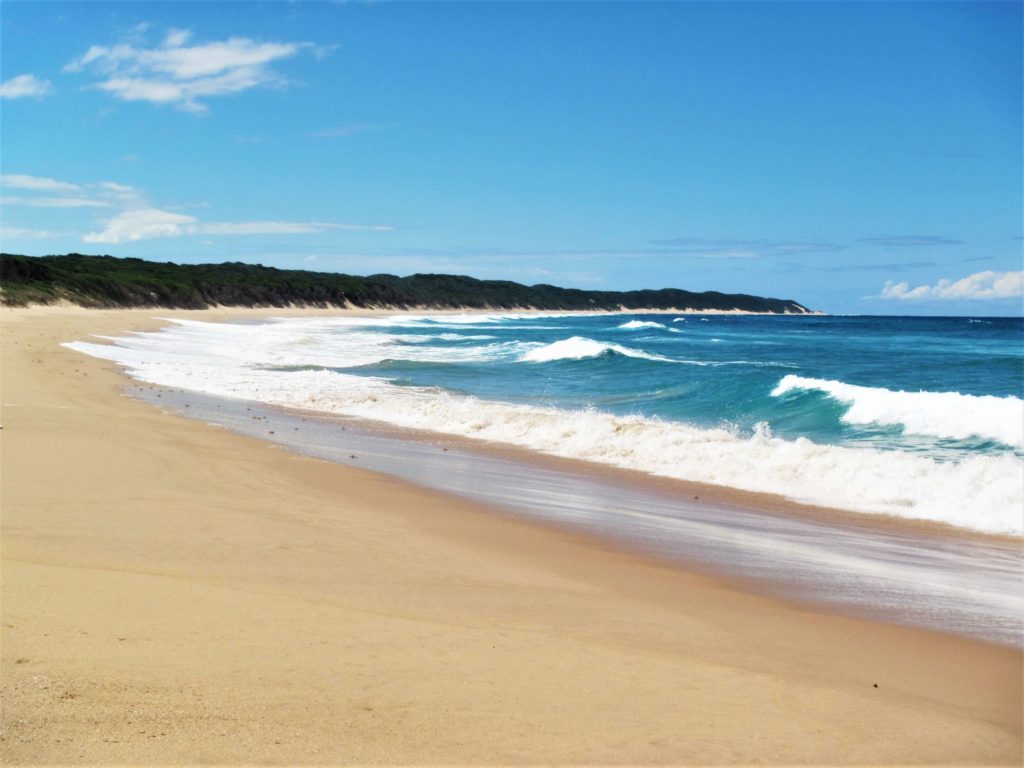

What conclusion do we get from Maputo Special Reserve? As you read, it is the place of wonders, a “natural temple” that attracted the most impressive animals in Mozambique, where any science fiction writer could quickly change the genre of his works, because what happens here is also magic, magic of good. And everything is possible, such as finding a herd of elephants cooling in the sea while the matriarch of the group watches the horizon controlling there are no dangers in sight and enjoys the passage and jumps of its twin species in the water, the humpback whales. Can we demand more from Mother Nature? Visit this lost land which has been forgotten by the memory of humankind.

